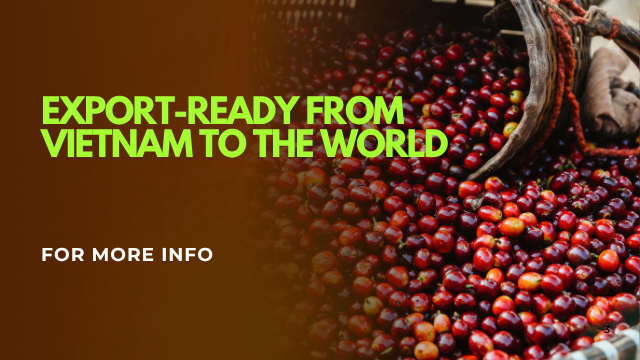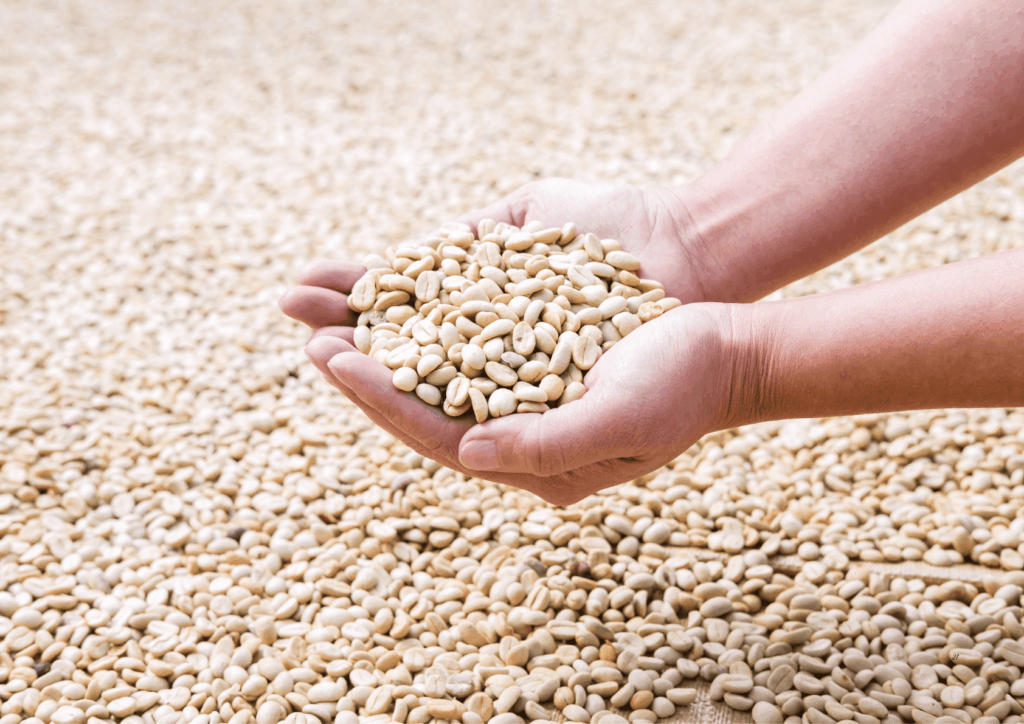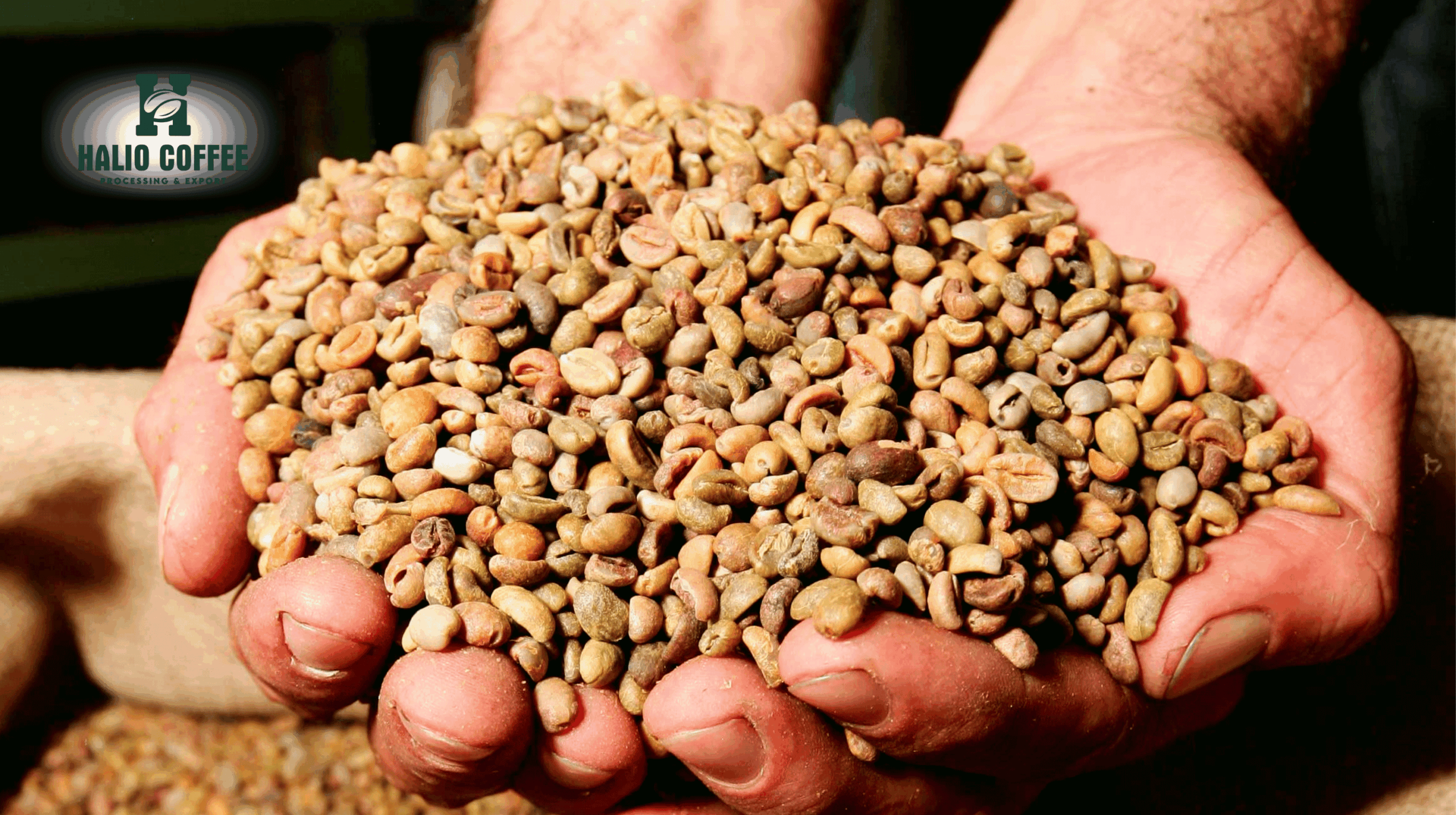Unroasted Arabica Coffee Beans Vietnam: Exploring a Growing Niche in the Global Coffee Market
For coffee roasters, manufacturers, and distributors worldwide, the search for diverse origins and unique flavor profiles is constant. While Vietnam is globally renowned as the largest producer of Robusta coffee, its burgeoning sector of Unroasted Arabica Coffee Beans is increasingly capturing attention. From the heart of Vietnam’s coffee country, Buon Ma Thuot, Dak Lak, on July 26, 2025, this analysis delves into the comprehensive landscape of Vietnamese green Arabica, highlighting its potential, characteristics, and the strategic considerations for sourcing.
1. Understanding Unroasted Arabica Coffee Beans from Vietnam
Unroasted Arabica Coffee Beans Vietnam refers to the raw, green coffee beans of the Coffea Arabica species, cultivated, harvested, and prepared for export from various high-altitude regions across the country. These beans are the fundamental raw material that roasters transform into the aromatic roasted coffee consumed globally.
1.1 The Distinctive Nature of Vietnamese Arabica
Unlike the broad perception of Vietnamese coffee as solely Robusta, Vietnamese Arabica offers unique characteristics derived from its specific terroirs:
- Flavor Potential: Vietnamese Arabica, particularly from regions like Cau Dat, can exhibit a clean, balanced cup with notes ranging from chocolate, nuts, and caramel to subtle fruits and florals.
- Acidity: Typically offers a pleasant, often bright and refined acidity, a hallmark of quality Arabica.
- Body: Generally presents a medium body, providing a smooth mouthfeel.
- Aroma: Develops a complex and inviting aroma upon roasting.
1.2 Key Growing Regions for Arabica in Vietnam
Arabica cultivation in Vietnam is concentrated in specific highland areas that provide ideal conditions (cooler temperatures, higher altitudes, fertile soil):
- Lam Dong Province (Cau Dat, Da Lat): This is the most famous Arabica growing region in Vietnam. With altitudes often exceeding 1,000 meters above sea level (up to 1,600m), Cau Dat Arabica is known for its distinctive aroma and balanced profile.
- Northwestern Provinces (Son La, Dien Bien): These mountainous areas (900m to 1,400m) are increasingly recognized for producing clean-tasting Arabica with nuanced characteristics.
- Quang Tri Province (Khe Sanh): An emerging region for Arabica, with unique climatic influences contributing to its developing flavor profile.
2. Production and Processing of Unroasted Arabica Coffee Beans in Vietnam

The journey of Unroasted Arabica Coffee Beans Vietnam from farm to export involves meticulous processes to ensure quality and market readiness.
2.1 Cultivation Practices
- Smallholder Dominance: The majority of Arabica farms are small-scale, family-owned plots, often integrating coffee with other crops.
- Shade-Grown: Many Arabica farms, especially in high-quality regions, practice shade-grown cultivation, which contributes to slower cherry maturation and better flavor development.
- Increasing Focus on Quality: Farmers are increasingly adopting better agricultural practices, including selective picking of ripe cherries, proper pruning, and sustainable soil management.
2.2 Post-Harvest Processing Methods
The processing method significantly influences the final flavor profile of the Unroasted Arabica Coffee Beans. Vietnamese producers employ various methods:
- Washed (Wet) Process:
- Method: Cherries are pulped, fermented in water to remove mucilage, then washed and dried.
- Result: Yields a cleaner, brighter cup with pronounced acidity and clear flavor notes, making it highly desirable for specialty roasters. This is a common method for high-quality Vietnamese Arabica.
- Honey (Pulped Natural) Process:
- Method: Cherries are pulped, but some mucilage is left on the bean during drying.
- Result: Produces a coffee with enhanced sweetness, a fuller body, and complex fruit notes, balancing the cleanliness of washed with the fruitiness of natural.
- Natural (Dry) Process:
- Method: Whole cherries are dried with the fruit intact before hulling.
- Result: Often results in a fuller body, lower acidity, and pronounced fruity, winey, or fermented notes. This method is being refined in Vietnam for specialty lots.
2.3 Quality Control and Grading
Exporters of Unroasted Arabica Coffee Beans Vietnam adhere to stringent quality control measures:
- Physical Inspection: Assessing moisture content (ideal 10-12.5%), water activity, screen size uniformity, and defect count (SCA standards for specialty grade).
- Cupping: Professional cuppers evaluate sensory attributes (aroma, flavor, acidity, body, aftertaste, balance, sweetness, cleanliness) to assign a score, determining its grade (e.g., commodity, premium, specialty).
- Traceability Systems: Implementing robust systems to track beans from farm to port is crucial for transparency and increasingly for regulatory compliance (e.g., EUDR).
3. Strategic Advantages for Buyers: Sourcing Unroasted Arabica Coffee Beans from Vietnam

For coffee manufacturers, distributors, and roasters seeking new origins, Vietnam’s Arabica offers compelling benefits:
- Diversified Flavor Portfolio: Vietnamese Arabica presents unique flavor profiles that can complement or differentiate existing product lines and blends, offering something distinct from established Arabica origins.
- Growing Quality & Specialty Potential: Continuous improvements in cultivation and processing mean that Unroasted Arabica Coffee Beans Vietnam are increasingly reaching specialty-grade quality, appealing to high-end markets.
- Competitive Value: While premium Arabica commands a higher price than Robusta, Vietnamese Arabica can often offer a competitive value proposition compared to similarly graded Arabica from other countries.
- Sustainability & Certifications: A growing number of Vietnamese Arabica farms and suppliers are investing in sustainability certifications (e.g., Organic, Rainforest Alliance, 4C), meeting global demand for ethically and environmentally responsible sourcing.
- Reliable Supply Chains: Many established Vietnamese coffee exporters have refined their logistics for Robusta and are leveraging this expertise for Arabica, ensuring efficiency in managing large-volume shipments. A strong fresh coffee distributor network aids in seamless delivery.
4. Challenges and Considerations for Sourcing Unroasted Arabica Coffee Beans Vietnam

While promising, buyers should be aware of certain challenges when sourcing Unroasted Arabica Coffee Beans Vietnam:
- Limited Production Volume (Relative to Robusta): Arabica production is still a fraction of Vietnam’s total coffee output. This might be a consideration for very large buyers requiring enormous, consistent volumes from a single origin.
- Consistency Across Fragmented Supply: The predominance of smallholder farms can sometimes lead to slight variations in batch consistency. Reputable exporters employ stringent QC to manage this.
- Vulnerability to Climate Change: Arabica, especially at higher altitudes, is susceptible to adverse weather. Recent prolonged droughts in Vietnam have raised concerns about yield and quality for the upcoming 2024-2025 crop, necessitating flexible sourcing strategies.
- Navigating New Regulations (e.g., EUDR): The EU Deforestation Regulation (EUDR), effective December 2024, imposes strict traceability requirements. Suppliers must demonstrate farm-level data to prove deforestation-free sourcing. While Vietnamese exporters are investing heavily, compliance for a vast network of small farms is a complex, ongoing challenge.
- Perception Shift: Overcoming the global perception of Vietnam as solely a Robusta producer requires sustained marketing efforts from Vietnamese suppliers and positive experiences from international buyers.
5. The Sourcing Process: A Buyer’s Best Practices Guide

For companies looking to purchase Unroasted Arabica Coffee Beans Vietnam, a structured approach is recommended:
- Define Your Specifications: Clearly outline your desired quality (cupping score range), flavor profile, processing method, physical characteristics (moisture, defects), and any required certifications (e.g., organic, sustainable).
- Identify Reputable Suppliers: Seek Vietnamese coffee exporters with a strong track record in Arabica, proven quality control systems, and transparent sourcing practices. Leverage networks or consult with an experienced fresh coffee distributor who has established connections in Vietnam.
- Request and Evaluate Samples: Always obtain pre-shipment green bean samples and detailed cupping reports. Conduct thorough in-house cupping and physical analysis to ensure the coffee meets your standards.
- Verify Traceability and Certifications: Crucially, verify the validity of any claimed certifications and inquire in detail about their traceability systems, particularly concerning EUDR compliance.
- Negotiate Terms and Contracts: Discuss pricing, payment terms, delivery schedules, and quality guarantees. Ensure clear rejection criteria are established in the contract.
- Logistics Planning: Coordinate with your supplier on packaging (e.g., GrainPro bags), shipping methods, and import procedures.
- Pre-Shipment Inspection (Optional but Recommended): For large orders, consider hiring an independent third-party inspection agency to verify quality and quantity at the port of origin.
- Post-Arrival Quality Check: Upon receiving the shipment, conduct a final comprehensive quality check (physical and sensory) to confirm it matches the agreed-upon specifications.
Conclusion
The market for Unroasted Arabica Coffee Beans Vietnam is a dynamic and increasingly important segment for the global coffee industry. Offering unique flavor profiles, growing quality, and a commitment to sustainability, Vietnamese Arabica presents a compelling opportunity for roasters, manufacturers, and distributors seeking to diversify their portfolios. While challenges related to scale, consistency, and new regulatory compliance exist, continuous investment and strategic partnerships will enable Vietnam to further solidify its position as a noteworthy source of high-quality Arabica, enriching the global coffee landscape with its distinctive highlands’ offerings.
- From Bean to Brand: A Strategic Sourcing Guide to Roasted Arabica Coffee for Cafes
- Coffee Prices Today, October 24th: Sharp Reversal Lower, Robusta Plunges Nearly 4%
- How to Brew Coffee Beans: Insights from Vietnam and the Global Coffee Industry
- The B2B Sourcing Guide: How to Vet and Partner with a World-Class Green Bean Coffee Company
- The Evolving Landscape of Vietnamese Arabica Green Coffee Beans: A Comprehensive Guide for Global Buyers







